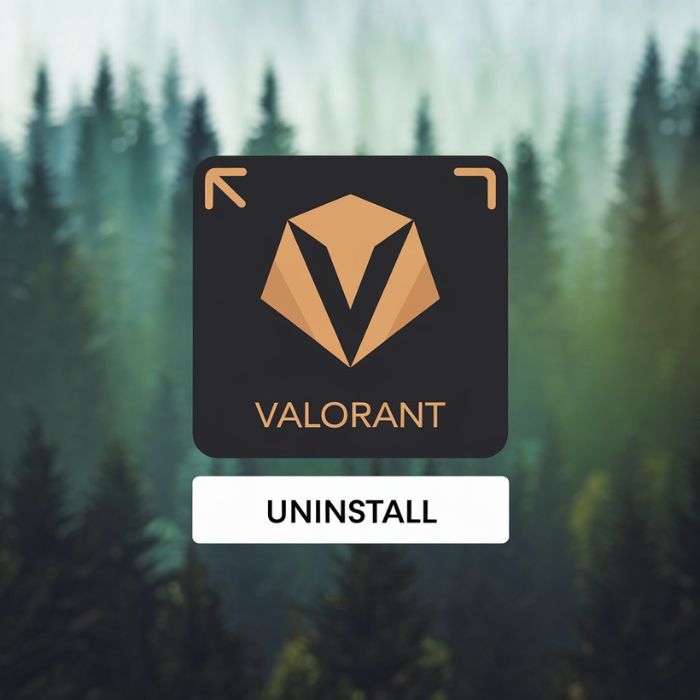What is Network Access Control (NAC)?
Network Access Control (NAC) is a fundamental aspect of secure network management. It involves a set of policies and protocols that ensure only authorized users and devices can access network resources. This control is achieved through a combination of technology and policy enforcement mechanisms. This definition might sound simple, but implementing NAC effectively requires a detailed understanding of the network’s architecture and the various endpoints trying to connect to it.
For instance, consider an employee trying to connect to the network using their personal device. If this device doesn’t meet the company’s security requirements, NAC systems can deny access or provide limited access to the network. This ensures that potentially compromised or non-compliant devices do not pose a risk to the network’s overall security.
Why is NAC Important?
With the increasing complexity of corporate networks, NAC has become more crucial than ever. Network access control is crucial as it verifies identity and ensures devices comply with security policies before allowing access. Unauthorized access can lead to significant security breaches, data loss, and malicious activities. Effective NAC solutions help mitigate these risks by enforcing strict access controls and safeguarding sensitive information. According to cybersecurity experts, breaches due to unauthorized access have been on the rise, costing organizations millions of dollars in damages and loss of reputation.
Moreover, in the era of remote work, the importance of NAC cannot be overstated. Employees accessing corporate networks from various locations and devices increase the potential entry points for cyber threats. NAC helps ensure that only compliant devices with up-to-date security configurations are granted access, thus reducing vulnerabilities.
Best Practices for Implementing NAC
Adopting Network Access Control involves several best practices that organizations should follow to ensure maximum effectiveness.
- Comprehensive Policy Development: Create detailed access policies that align with your organization’s security requirements. These policies should cover various aspects, including device types, user roles, and access levels. Regularly update these policies to adapt to new security threats and organizational changes.
- Regular Network Audits: Conduct frequent network audits to identify and remediate vulnerabilities. This process involves scanning the network for weak points and ensuring compliance with security standards. Regular audits help in maintaining the integrity and security of the network.
- Monitoring and Reporting: Implement continuous monitoring and real-time reporting to detect suspicious activities. Utilizing Security Information and Event Management (SIEM) systems can offer benefits. These instruments collect and evaluate information from different origins, delivering understanding into potential security breaches.
- Integrate with Existing Security: Ensure your NAC solution integrates seamlessly with security measures like firewalls, antivirus programs, and endpoint security to create a layered defense strategy. An integrated approach ensures comprehensive protection and reduces the chances of security gaps.
- User Education and Training: Consistently train staff on security protocols and the significance of complying with NAC policies. Human error is a common vulnerability in network security. Offering training and awareness programs can greatly decrease the chance of security breaches resulting from user carelessness.
Challenges and Solutions
Implementing NAC has its challenges. One common issue is the complexity of deployment in large, multi-vendor environments. Organizations often use equipment and software from various vendors, leading to compatibility issues. To overcome this, choose an NAC solution that supports interoperability and is scalable. This ensures that the NAC system can integrate with different network components seamlessly.
Another challenge is maintaining up-to-date policies amidst changing security landscapes. Cyber threats are constantly evolving, and so should your security policies. Regularly update policies and configurations based on the latest threats and compliance requirements. This proactive approach can help in preventing potential security breaches.
Additionally, network performance can be impacted if NAC is not configured correctly. Improper configuration can lead to network congestion and slow performance. Utilize best practices to ensure a balance between security and efficiency. Regular performance assessments help identify and resolve bottlenecks, ensuring the network runs smoothly without compromising security.
NAC in the Cybersecurity Landscape
Network Access Control is not a standalone solution but part of a broader cybersecurity framework. Integrating NAC with other measures, such as intrusion detection systems (IDS), zero trust architectures, and endpoint protection, enhances overall security. According to recent reports, organizations that combine these strategies are better equipped to handle current and emerging threats. This comprehensive approach ensures the network is protected from many angles, providing a robust defense against cyber attacks.
Furthermore, the adoption of zero-trust architecture, which operates on the principle of “never trust, always verify,” aligns well with NAC principles. In a zero-trust model, every access request is thoroughly verified before granting access, minimizing the risk of unauthorized access. Combined with robust NAC policies, this approach can significantly enhance network security.
Conclusion
Network Access Control is essential for preserving the integrity and security of contemporary networks. Organizations can secure systems against unauthorized entry by implementing recommended guidelines and tackling usual obstacles. Integrating NAC with other security measures offers a comprehensive defense strategy, adapting to the constantly evolving threat landscape.
Investing in effective NAC solutions is not just a best practice but a necessity for safeguarding organizational assets. Companies that focus on network access control are in a stronger position to defend against cyber risks and safeguard their confidential information. With the ever-changing nature of cyber threats, it is crucial to update our defense strategies and technologies, making NAC essential for a strong cybersecurity plan.











